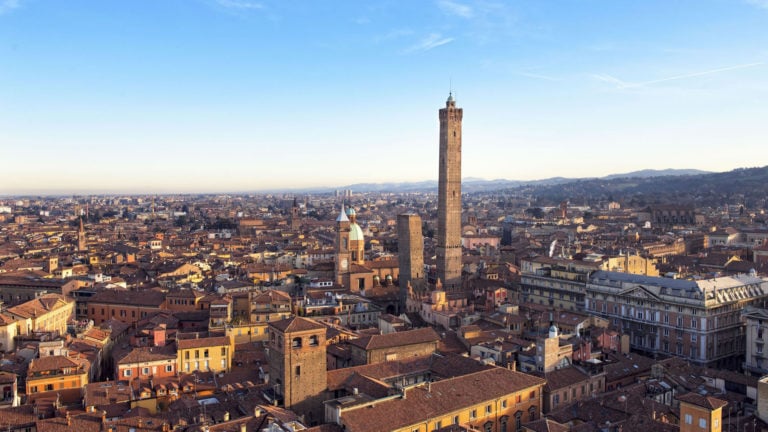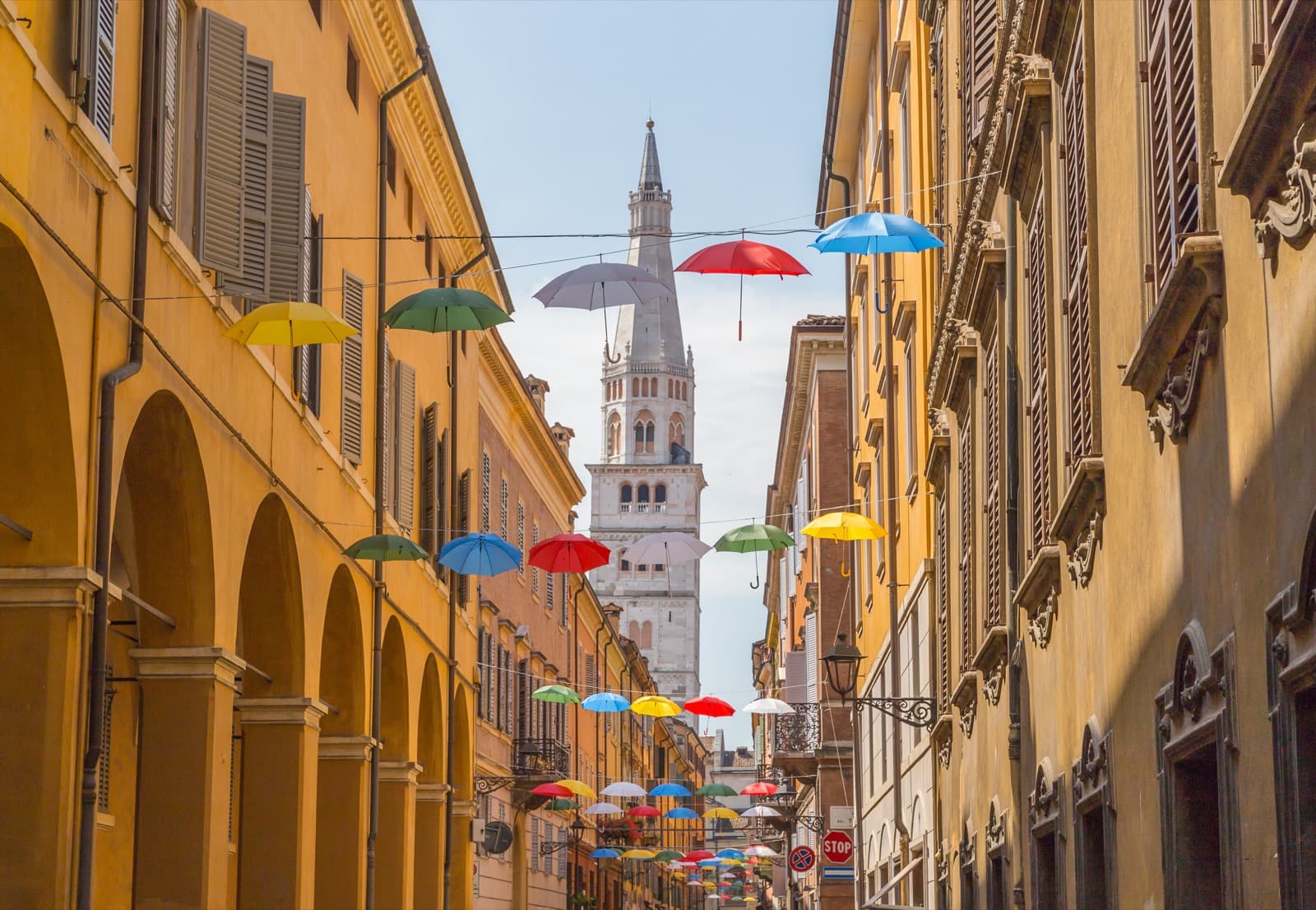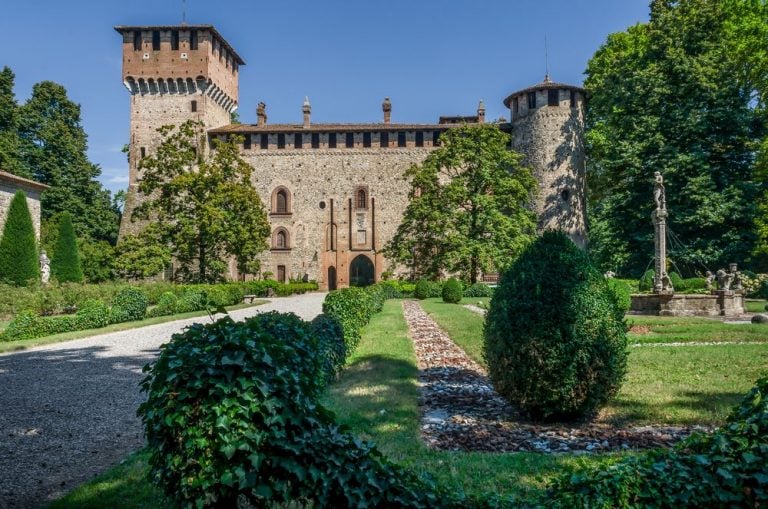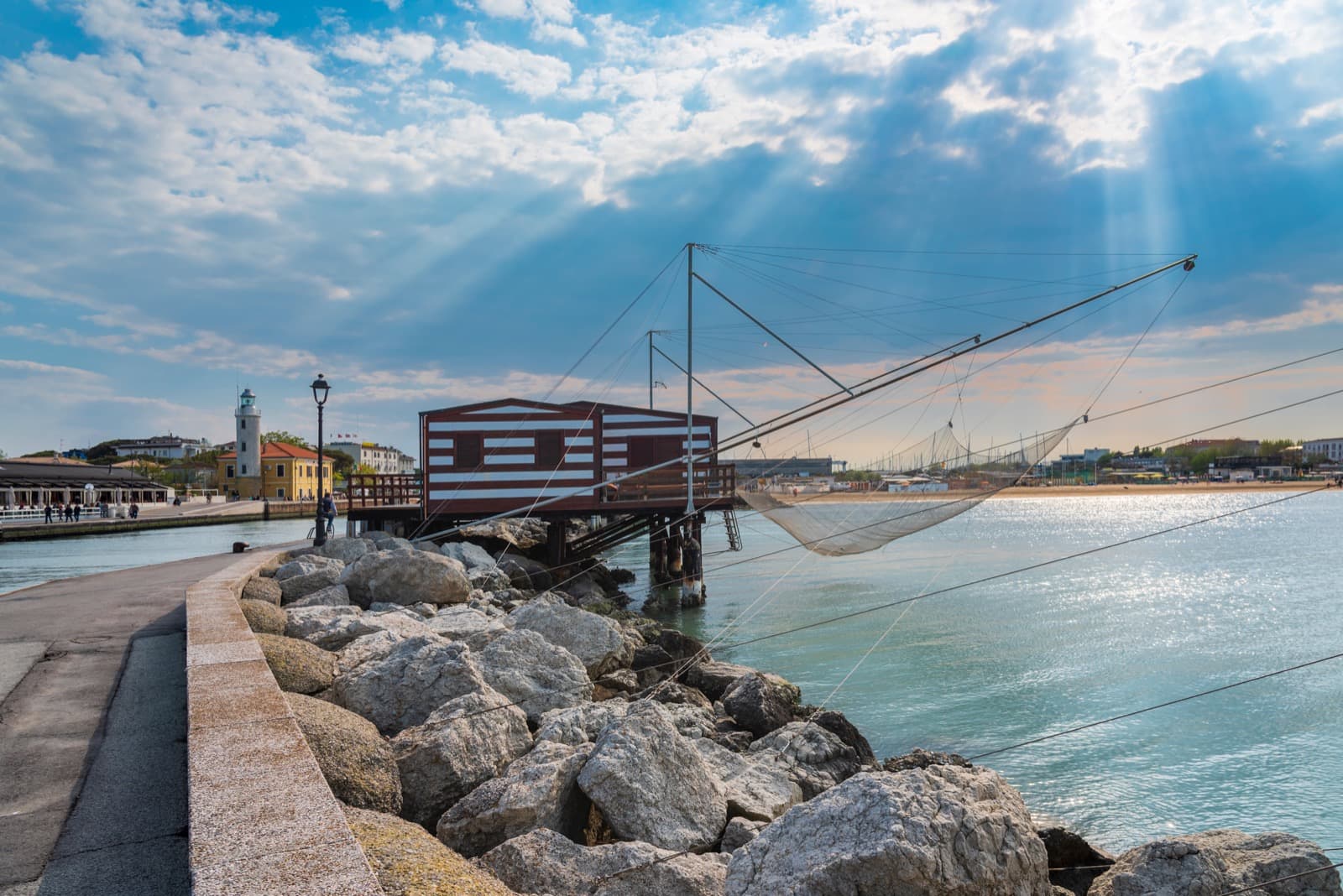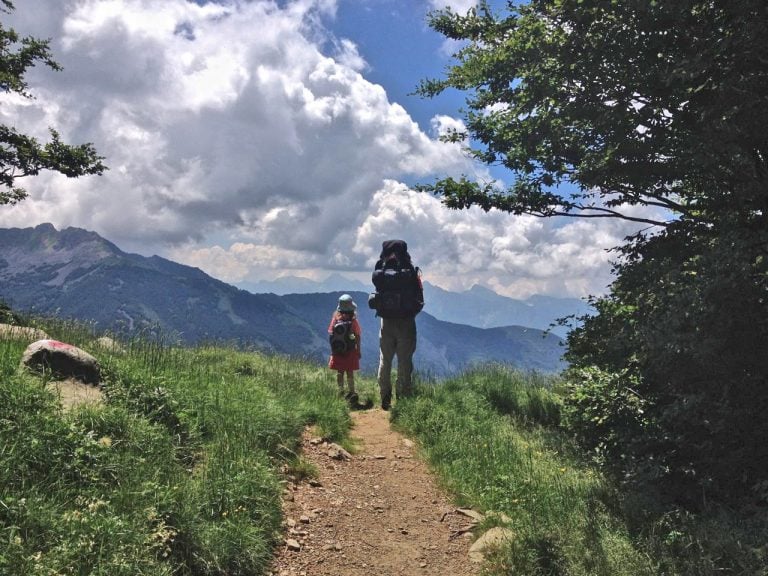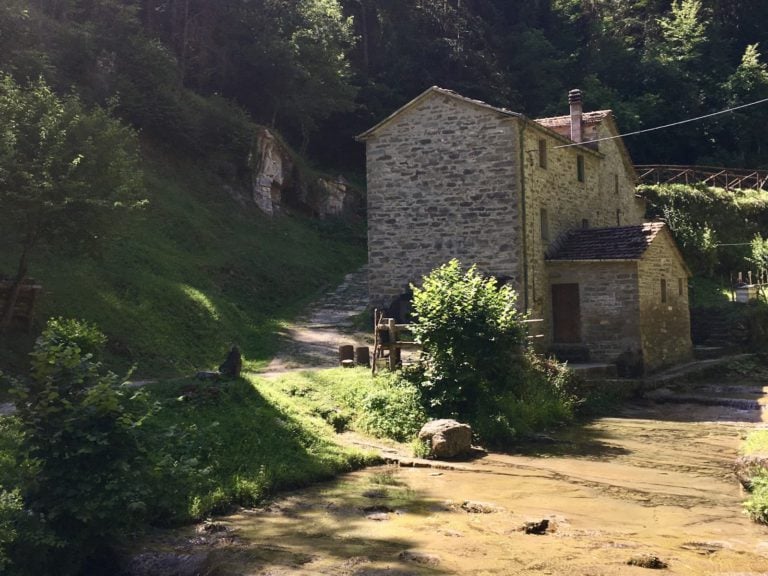Among the many things to do with children in Emilia-Romagna, Museums are not to be missed. From Piacenza to Rimini, there are many cultural, historical and scientific places to visit with the family.
If you’re looking for ideas to spend a day with your children, doing a new educational activity, here are some Museums in Emilia-Romagna specifically designed to satisfy the demanding curiosity and irrepressible desire for fun that all children have 🙂
Emilia
Neolithic Village | Travo (PC)
In Travo, in the heart of the Trebbia Valley, there is a real Neolithic Village that, thanks to rigorous reconstructions and installations, allows us to understand how we really lived in prehistory and, to be more precise, in the last period of the Stone Age.
The Archaeological Park, brought to light thanks to numerous excavation campaigns, presents a dense network of perfectly recognizable living and functional structures, on which the old huts have been rebuilt, with the same dimensions and the same materials of the time.
A few minutes away, in the Anguissola Castle of Travo, the Museum is housed; it presents materials from the Paleolithic to the Early Middle Ages and is the mirror of the scientific work carried out and ongoing in the area.
The visits are possible only with guided tours (about 50 minutes, divided between the archaeological area and the reconstruction area); the visit to the Civic Museum takes place in autonomy.
Here you can find more info on timetables and details of the visit.
The Park is also on Facebook.
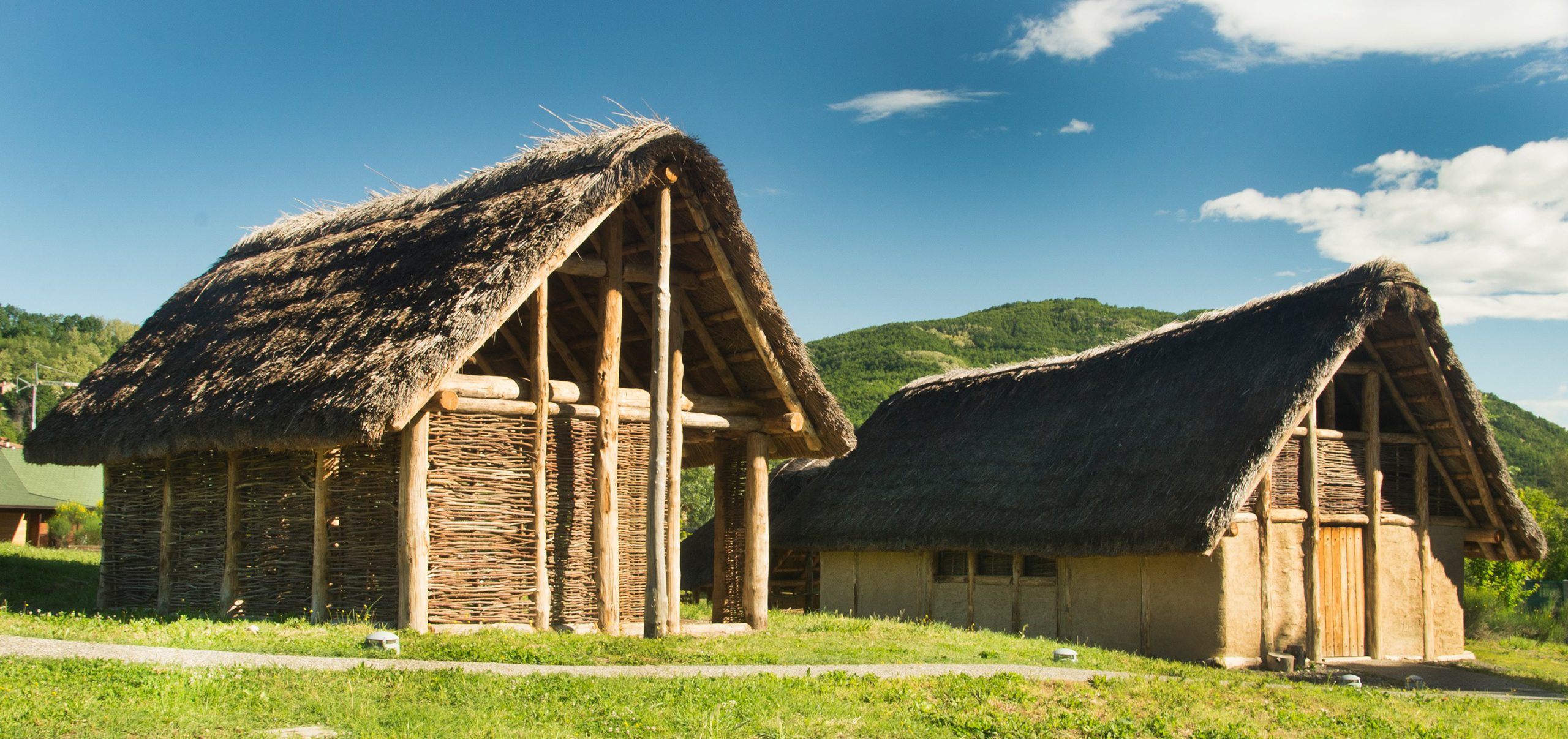
Puppets Museum | Parma
The former monastery of Sait Paul in Parma (on the ground floor) is home to the Puppets Museum, one of the most important collections in Italy dedicated to animation theater.
The museum exhibits a considerable part of what the Parmesan puppeteer Giordano Ferrari has collected in over sixty years of activity; further funds have been gradually added to this original collection, such as the collection by the Bolognese journalist Franco Cristofori, the collection by the Brescia engineer Amilcare Adamoli, some TV puppets of the Group 80 and the puppets of the Roman painter Carlo Ludovico Bompiani.
A museum itinerary of 5 rooms, where you can closely observe puppets and marionette, but also posters, scenographic equipment and scripts.
The museum is very active in organizing events and educational initiatives.
Here is more info on opening hours; admission is free.
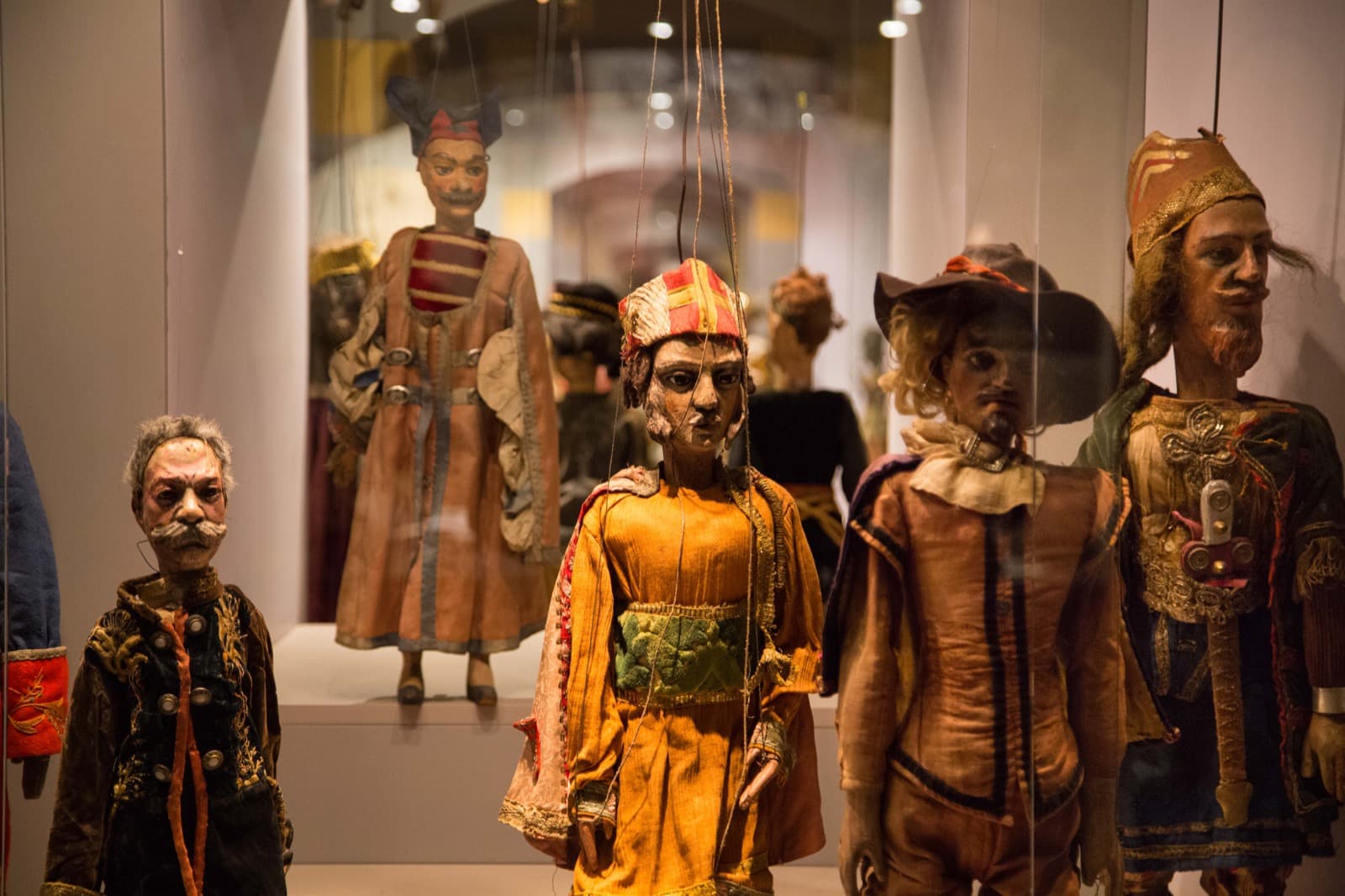
Ancient Sea and Biodiversity Museum | Salsomaggiore Terme (PR)
What is a whale doing in Salsomaggiore Terme? To find it out, you’ll have to go to the MuMAB – Ancient Sea and Biodiversity Museum, located in the area of the Stirone and Piacenziano Park, at Podere Millepioppi.
The museum consists of two sections:
- the Geopaleontological Section offers a look at the past, as it preserves one of the richest paleontological heritages of the Po Valley, which emerged thanks to the excavations carried out by Raffaele Quarantelli in the bed of the Stirone stream during the second half of 1960; among the fossils found, there’s also the “Plesiobalaenoptera quarantellii”, a fin whale that lived here in the Miocene;
- the Biological Section, on the other hand, is dedicated to the contemporary and allows us to understand how the remote history of these places has shaped today’s environment, with its delicate river habitats, determining its great wealth in terms of biodiversity.
The Museum organizes frequent guided tours; take a look at the calendar.
The Museum is also on Facebook and Instagram.

Bologna/Modena
Geological Museum | Bologna
The Giovanni Capellini Geological Museum, located in the city center, is the Museum of Geology and Paleontology of the University of Bologna, founded in the second half of the 1800s by Giovanni Capellini, founder of the Italian Geological Society.
Inside it, the little budding scientists can’t help but gape in front of the rich historical collections of minerals, fossils, skeletons and models, such as the 26 mt long and 4 mt tall one of a Jurassic dinosaur. To find out, among other things, that the word Geology was coined in 1603 by the Bolognese Ulisse Aldrovandi!
The Museum organizes many guided tours and educational workshops designed especially for the little ones.
The Museum is also on Facebook.
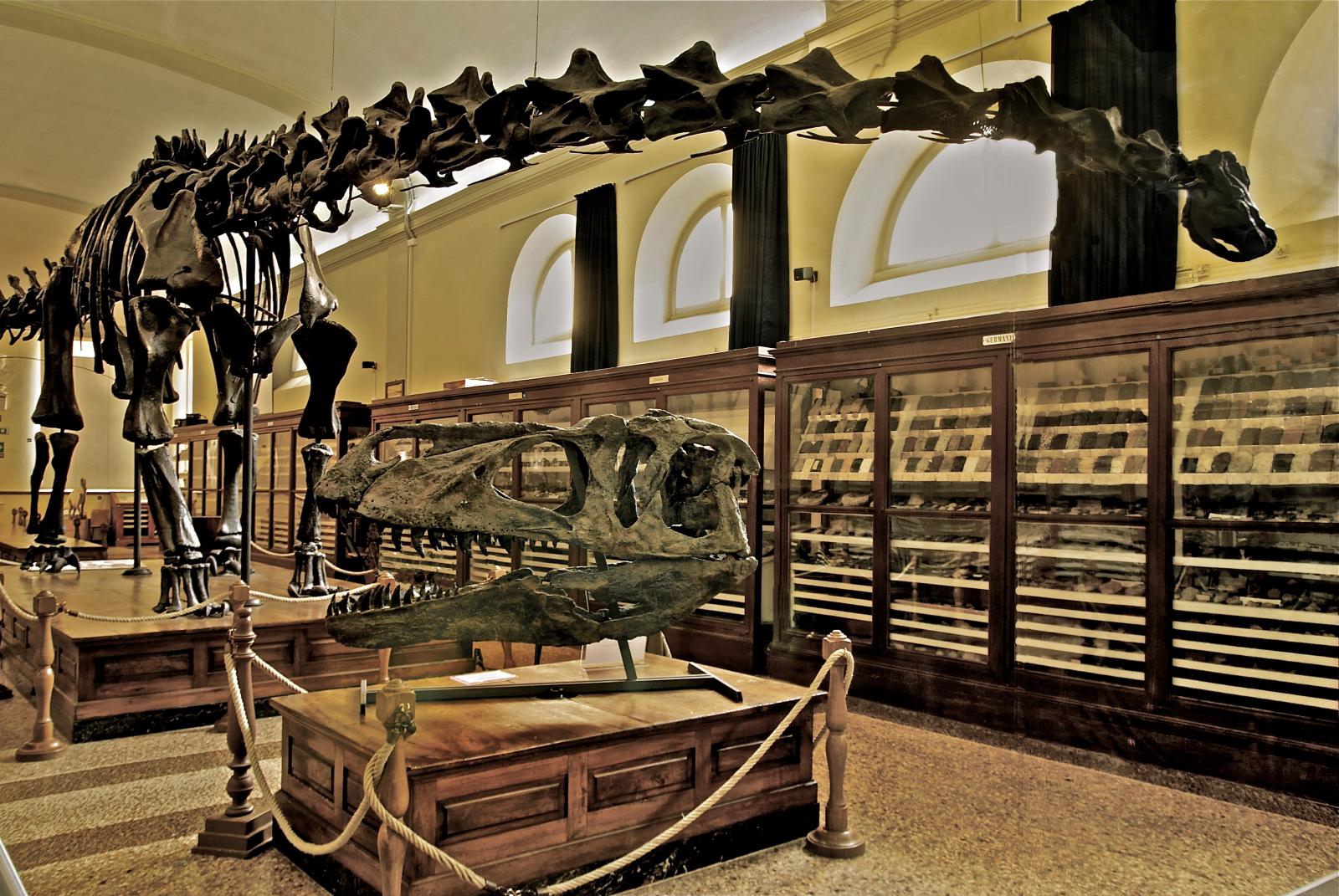
MAGI’900 | PIEVE DI CENTO (BO)
Born from the passion of Giulio Bargellini, founder of the museum, the MAGI’900 (Museum of Art of the ‘900 Italian Generations) is a cultural center aimed at the documentation, study and enhancement of the movements of art and visual culture between the XX and XXI Centuries.
Housed in an old grain elevator of 1933 saved from demolition, the Museum has continued to renew itself and is very attentive to new generations with many activities aimed at the knowledge and promotion of art among the youngest.
The Museum is also on Facebook and Instagram.
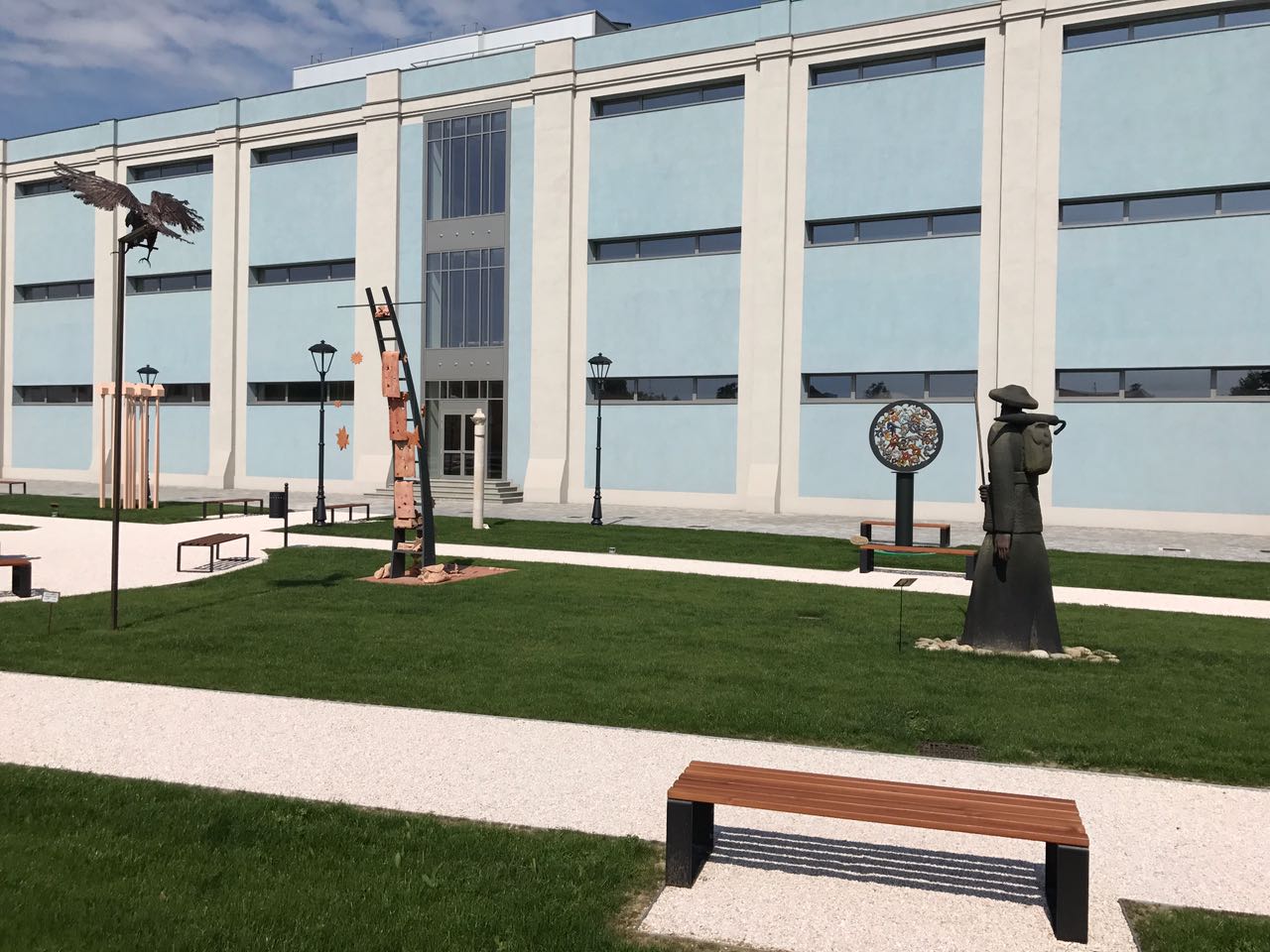
Museum of Peasant Civilization | San Marino di Bentivoglio (BO)
The Museum of Peasant Civilization is located in Villa Smeraldi, a nineteenth-century noble country house located in San Marino di Bentivoglio, 15 km from Bologna. Here, in the heart of a large English-style park, an exposure of over 2000sq offers to visitors the opportunity to see closely the rural work and lifestyle between the nineteenth and the twentieth centuries.
The collection of the Museum has been composed over time, thanks to the farmers and former farmers who donated to the Villa Smeraldi Institution over ten thousand objects related to the work and life in the countryside of Bologna and Emilia between 1750 and 1950.
Beside this, the pomario, an orchard composed of 500 trees of over 150 local historical varieties, allows visitors to observe the shapes, sizes and colors of the fruits of the past, and to rediscover, through demonstrations and tastings, their uses and flavors; a real open-air museum, together with the adjacent hemp field, which recalls how for almost five centuries the Bologna’s plain represented one of the main centers of hemp culture in Italy.
Here is the info on timetables and entrance, how to get there and guided tours (by reservation).
The Museo della Civiltà Contadina is also on Facebook and Instagram.

Museum of Toy Soldier | Bologna
A Museum created to tell the story of the “ancient battles fiercely fought on the floors of living rooms and kitchens, in command of intrepid generals in short trousers”.
The Museum of Toy Soldier of Bologna, created by the union of several private collections and the desire to give new luster to battalions almost relegated to dusty home shelving, is a small museum where you can admire pieces of different materials (wood, tin, clay, and so on) and different eras, according to a strict order decided by the first president of the company that manages it, to which it is entitled, Prof. Mario Massaccesi.
To learn more about its history and collections, you just have to take a look: the Museum is housed inside Villa Aldrovandi Mazzacorati.
For visits, it is advisable to call +39 348 4718138.
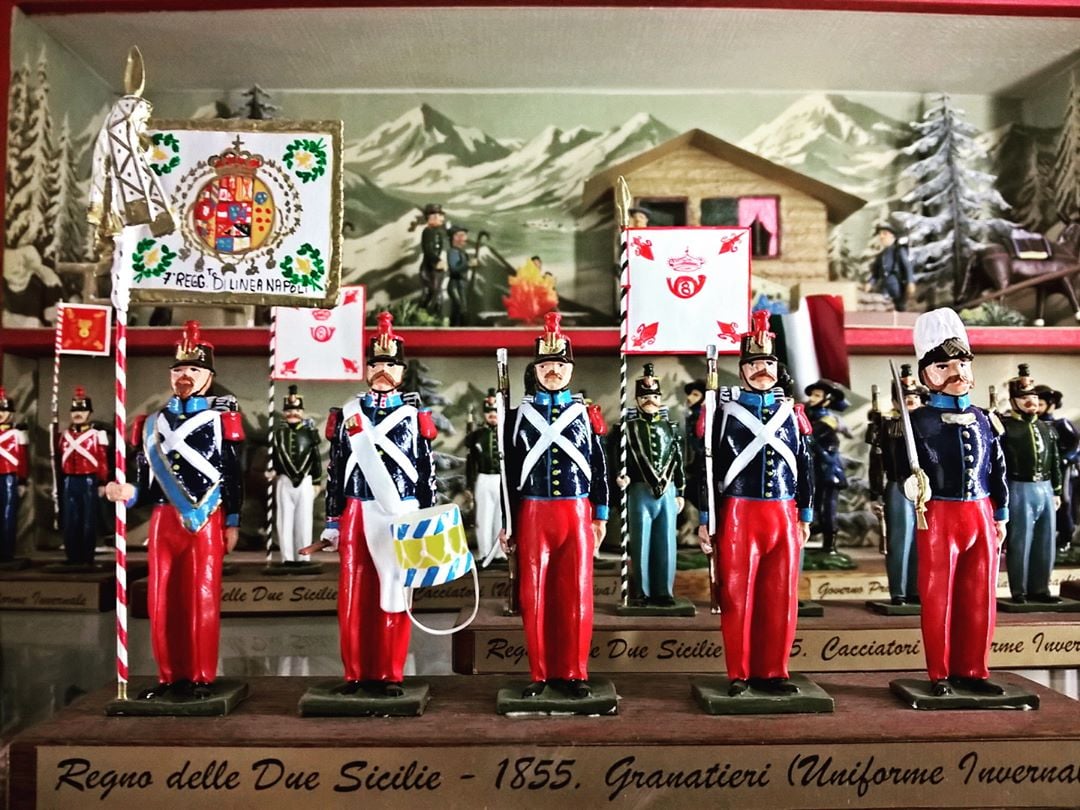
Romagna
The Garden of Herbs | Casola Valsenio (RA)
The Garden of Herbs of Casola Valsenio is located on the hills of Ravenna, within the Parco della Vena del Gesso Romagnola, and is a vegetable garden dedicated to medicinal plants created thanks to Augusto Rinaldi Ceroni, pioneer of herbal medicine in Italy, in a place that presents ideal ecological factors to create the microclimate suitable for this kind of flora.
The aim of the Garden is to cultivate, conserve and spread knowledge on medicinal and aromatic plants; on its 4 hectares, the Garden counts over 480 species of plants used in cooking, medicine and cosmetics since the early Middle Ages. You can therefore imagine how the path that takes place through the Garden, organized in themed steps, is a real olfactory experience, also possible for blind people.
Here is more info on how to get there, opening hours and guided tours.
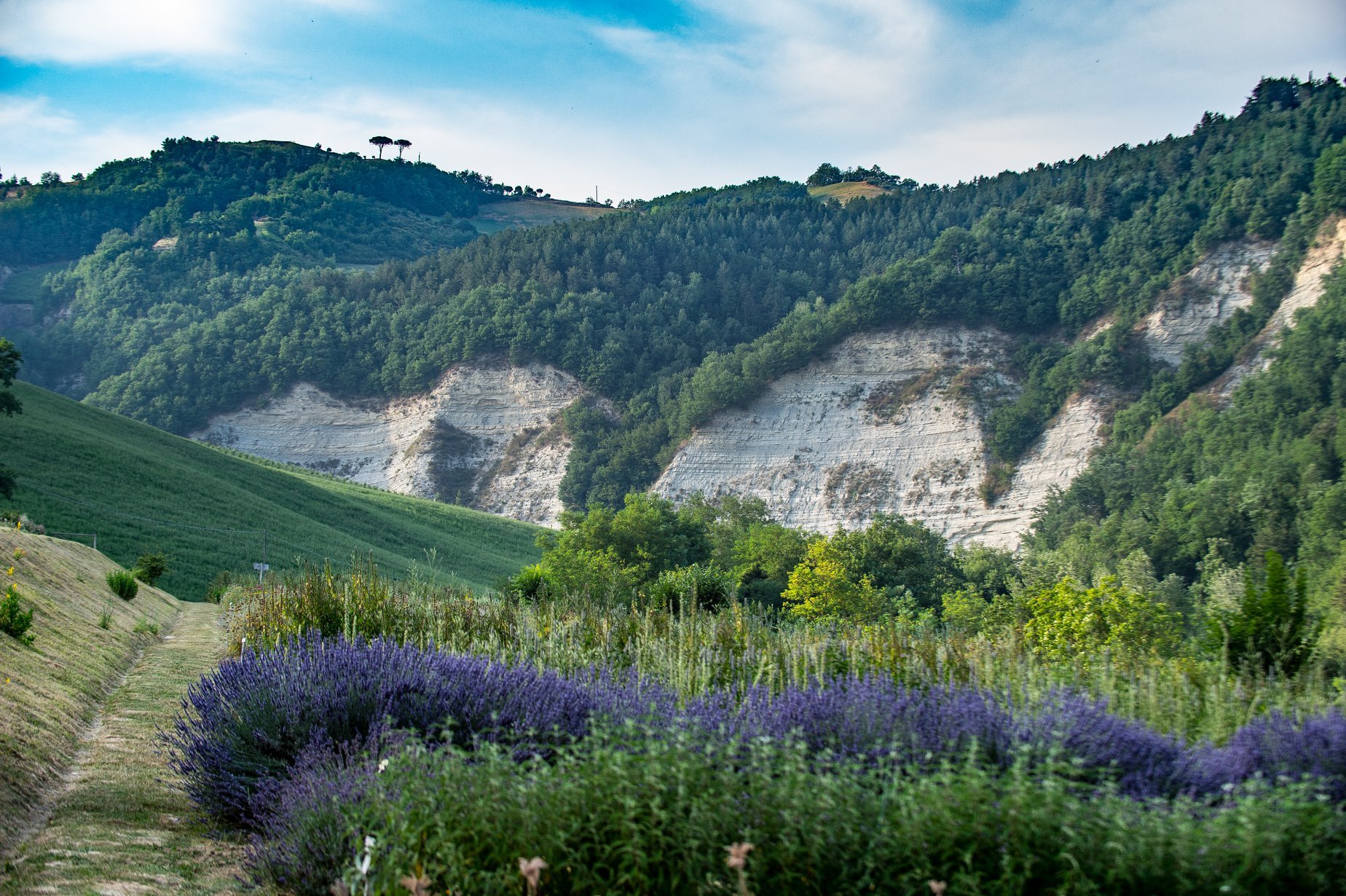
Sulphur Museum | Perticara (RN)
Sulphur Museum is the Mining Historical Museum of Perticara, a fraction of Novafeltria, in the hinterland of Rimini.
The Museum, one of the first examples of industrial archeology in Italy, was born in 1970 on the former Cantiere Sulfureo Certino; the power plant, the compressor room, the lamp room (the room where the flammable materials were kept) and the workshops have thus given way to an evocative museum dedicated to mineralogy and geology, with particular attention to the mining activity held until few years ago (the last extraction dates back to April 1964) in Perticara, considered the largest sulfur mine in Europe.
Here you can find out more about the history of the museum, its rooms and tickets/opening hours.
The Museum is also on Facebook, Instagram and YouTube.
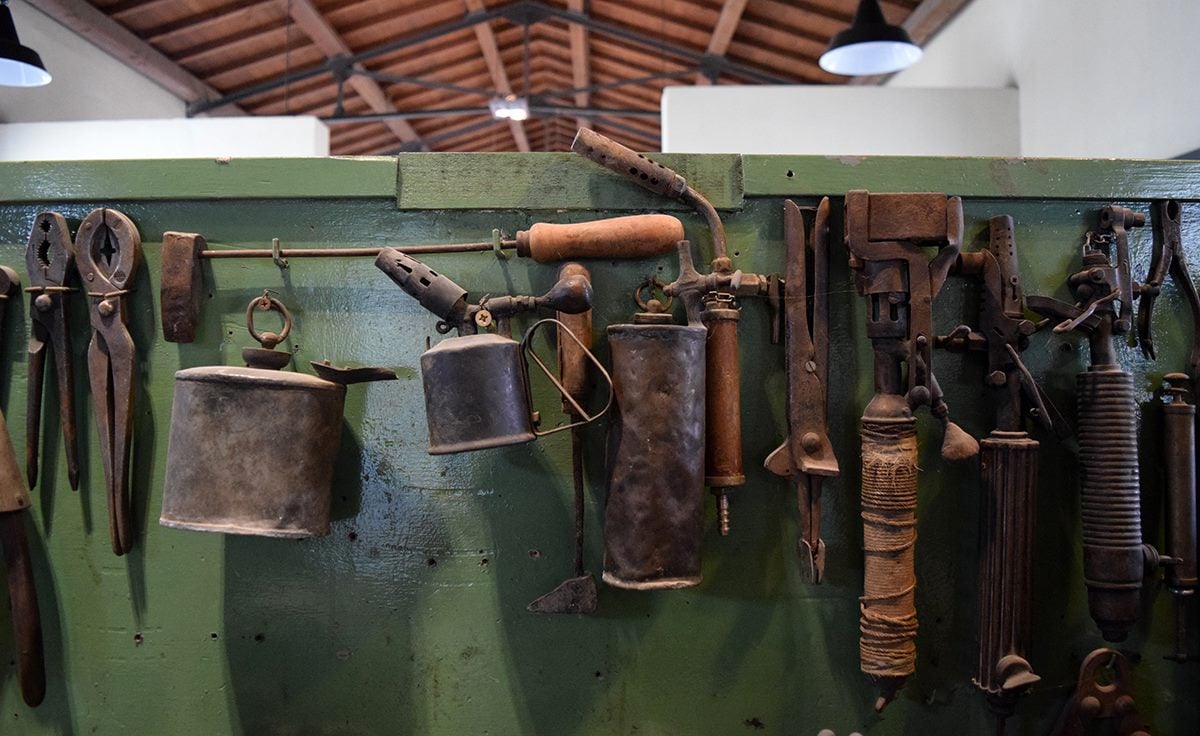
The Fortress of the Fairy Tales | Sant’Agata Feltria (RN)
La The Fortress of the Fairy Tales (Rocca delle Fiabe) is “the castle where everything is reality, where everything is fantasy”, a place created by the illustrious writer and teacher of children’s literature Antonio Faeti and created in collaboration with the Pro-Loco of Sant’Agata Feltria.
The Museum is set inside the scenic Fortress Fregoso, the monument that distinguishes this picturesque village in the hinterland of Rimini, and is divided into 4 themes related to the world of fairy tales: “Scarpe, Scarpine, Scarpette“, “Il Viaggiatore Incantato“, “Il Solitario Castellano“, “Fanciulli della Foresta“.
Here is more info on the admission and how to get to the Museum.
La Rocca delle Fiabe is also on Facebook.
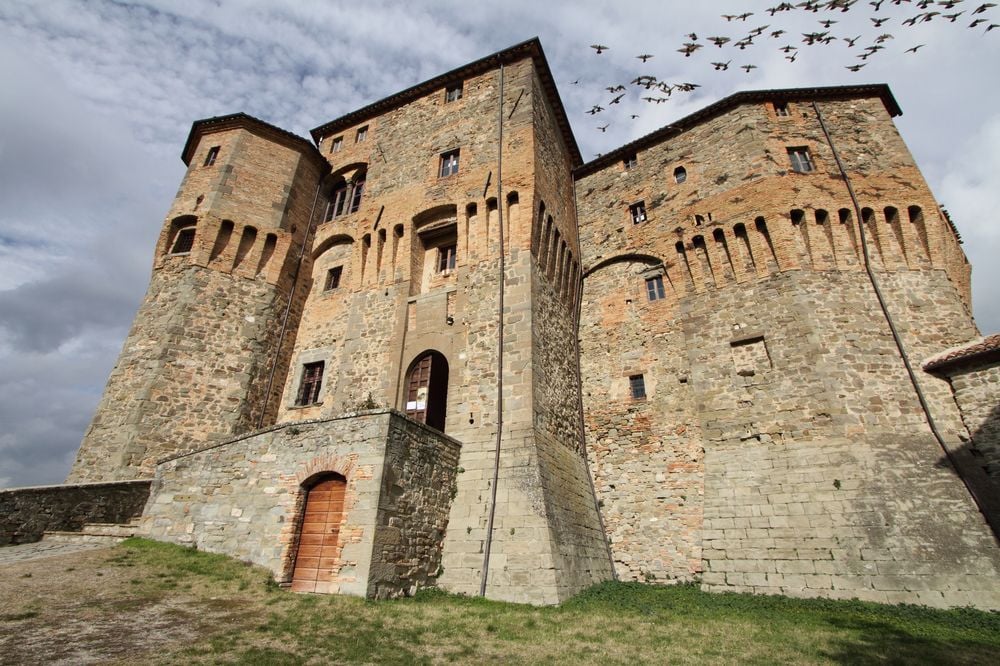
Since the previous list is the result of a research but can not be exhaustive, if you know or have visited other museums suitable for children in Emilia-Romagna we invite you to signal them with a comment, thank you!
Author
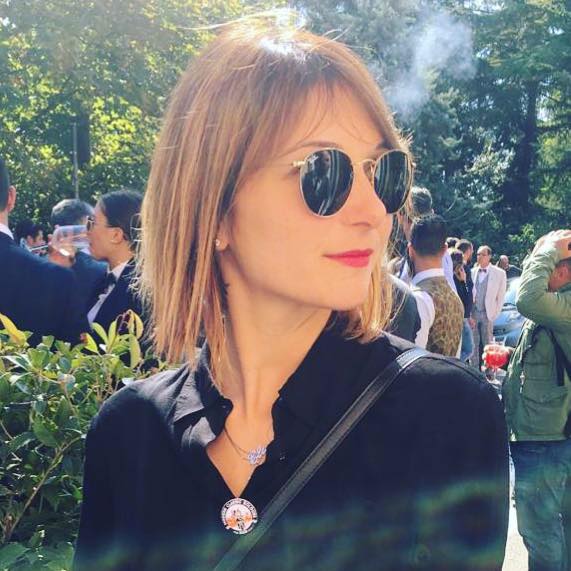
Elisa Mazzini
Social Media Manager for @inEmiliaRomagna and full-time mom.
You may also like
10 places to amaze children #inEmiliaRomagna
by Elisa Mazzini /// April 6, 2018
Emilia-Romagna for kids: Modena and surroundings
by Elisa Mazzini /// May 9, 2023

Interested in our newsletter?
Every first of the month, an email (in Italian) with selected contents and upcoming events.
Emilia-Romagna for children: in Emilia between villages and castles
by Maria Grazia Masotti /// October 13, 2023
Emilia-Romagna for kids: fishing villages and amusement parks
by Elisa Mazzini /// April 18, 2023
Walks and excursions for children in Emilia-Romagna
by Elisa Mazzini /// July 19, 2018

